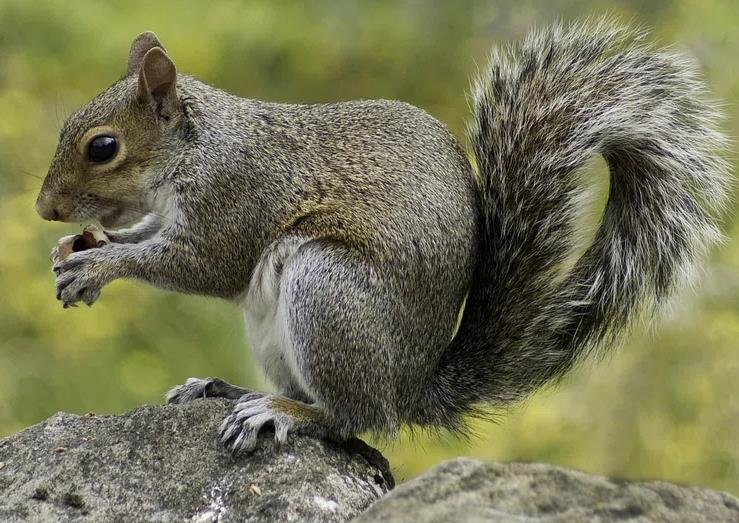National parks across the country are facing an unexpected adversary: aggressive squirrels. These seemingly cute creatures have become a nuisance, attacking guests and pilfering food, leading park rangers into an unusual chase.
The Rise of ‘Plague Squirrels’ Park rangers have reported a surge in squirrel-related incidents, with these rodents boldly confronting visitors for food. The problem has escalated to the point where rangers are actively pursuing measures to control the squirrel population and protect park-goers.

A Bite More Than Just Nuisance While squirrels are not typically known to transmit diseases like the plague through bites, the risk from their fleas remains a concern. Park officials are educating visitors on the importance of not feeding wildlife to prevent such health risks.
The Rangers’ Response
Educational Efforts and Precautions Rangers are doubling down on efforts to educate the public about the dangers of feeding squirrels. They emphasize that while squirrel bites are not usually a cause for alarm, they can lead to unnecessary complications.
Strategies to Mitigate the Problem In addition to educational campaigns, rangers are implementing strategies to reduce human-squirrel interactions. This includes securing trash bins, posting warning signs, and enforcing no-feeding policies.
The Bigger Picture
A Reflection on Human-Wildlife Interaction The situation sheds light on the broader issue of human-wildlife interaction in national parks. It highlights the need for responsible behavior by visitors to maintain the delicate balance of these natural habitats.
A Call for Responsible Tourism As the parks continue to address the ‘plague squirrel’ phenomenon, there is a growing call for visitors to practice responsible tourism. This includes respecting wildlife and adhering to park regulations to ensure a safe and enjoyable experience for all.
















